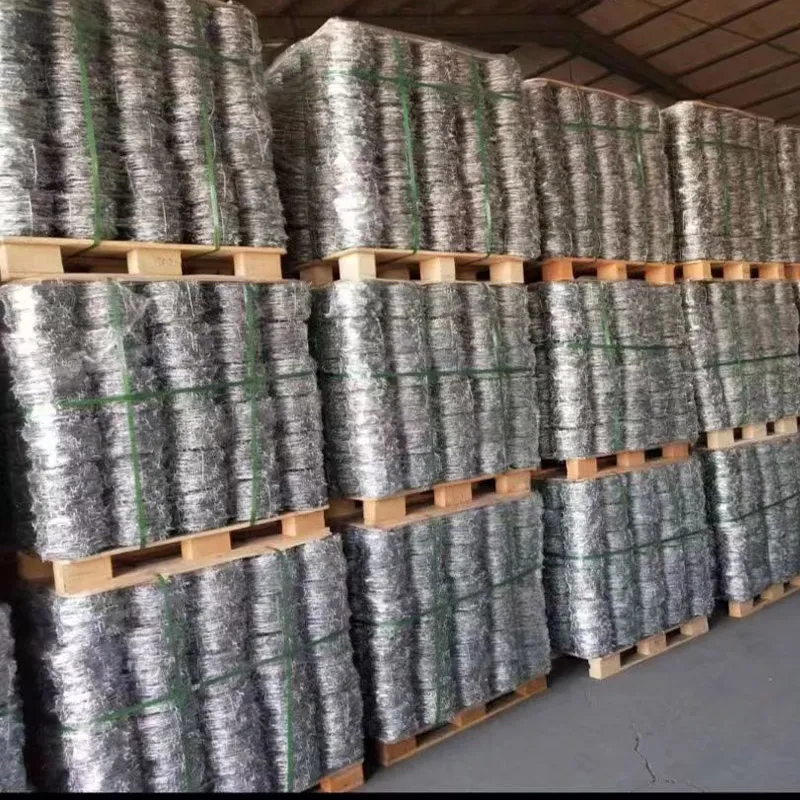Aug . 21, 2024 22:45 Back to list
Understanding the Importance of Roofing Nails for Quality Construction
The Importance of Roofing Nails in Construction
In the realm of construction and roofing, the significance of roofing nails cannot be overstated. These small yet vital components play a crucial role in ensuring the integrity and longevity of roofing systems. Understanding the various types, materials, and applications of roofing nails can aid both professionals and homeowners in making informed decisions about their roofing projects.
Roofing nails are essentially designed for securing roofing materials, such as shingles, tiles, and metal sheets, to the underlying structure of a building. The primary purpose of these specialized fasteners is to withstand severe weather conditions, including heavy winds, rain, and snow. As such, they must be durable and reliable to protect the home from potential leaks and damage.
The Importance of Roofing Nails in Construction
Roofing nails come in various materials, with the most common being galvanized steel, stainless steel, and aluminum. Galvanized nails are coated with zinc to prevent rusting and corrosion, making them suitable for most roofing applications. Stainless steel nails are more expensive but offer superior corrosion resistance, making them ideal for coastal areas where salt exposure is a concern. Aluminum nails, while lightweight and resistant to rust, are generally recommended for specific types of roofing materials and should be used with caution to prevent galvanic corrosion when in contact with dissimilar metals.
roffing nail

Different roofing projects may require different types of nails. For instance, when working with asphalt shingles, roofing contractors often prefer smooth or ring-shank nails. Smooth nails are easier to drive but may not hold as well, while ring-shank nails provide enhanced grip due to their ridged design. When installing metal roofing, specialty screws with rubber washers are often used to ensure a watertight seal. It’s imperative for contractors to select the appropriate type of nail based on the roofing material and local building codes.
Additionally, installation practices significantly affect the performance of roofing nails. Proper placement and spacing are critical to maximizing the effectiveness of roofing nails. Nails should be driven straight and flush with the surface of the shingles, and properly spaced to distribute wind loads evenly across the roof. Too few nails can result in lift-off during storms, while too many can lead to shingle damage.
In recent years, technological advancements have led to the development of newer fastening systems, such as pneumatic nailers and various types of adhesives, that can enhance the efficiency of roofing installations. However, traditional roofing nails remain a staple in the industry due to their reliability and ease of use.
In conclusion, roofing nails may be an overlooked aspect of construction, but they are fundamental to ensuring the structural integrity of roofs. When selected and installed correctly, they serve as the frontline defense against nature's elements, safeguarding homes and providing peace of mind to homeowners. As roofing technology continues to evolve, the humble roofing nail will undoubtedly remain a key player in the quest for durable and effective roofing solutions.
-
The Role of Field Wire Fence in Grassland Conservation
NewsJul.15,2025
-
Stainless Steel Razor Wire Durability in Coastal Environments
NewsJul.15,2025
-
Enhancing Home Security with Mesh Fences
NewsJul.15,2025
-
Diamond Mesh Wire for Small Animal Enclosures
NewsJul.15,2025
-
Common Wire Nail Tensile Strength Testing for Woodworking
NewsJul.15,2025
-
Barbed Wire Corrosion Resistance Galvanization Techniques
NewsJul.15,2025









